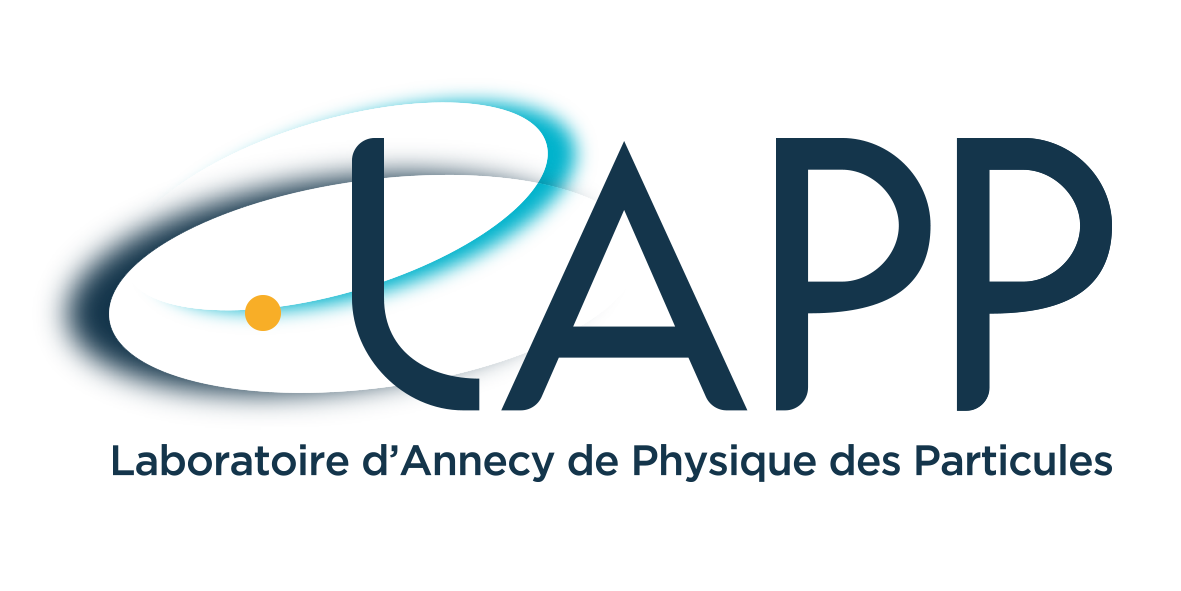The CNRS 2019 Collective Crystal Medal 2019 honours LAPP agents
The prestigious CNRS collective crystal medal, which honours engineers, technicians and administrative staff, was awarded to several colleagues from the Annecy Laboratory of Particle Physics (LAPP/IN2P3/USMB) for their contribution to the design and construction of the large telescopes (LST) at Čerenkov Telescope Array (CTA). Awarded to Eric Chabanne, Guillaume Deleglise, Nadia Fouque, Nicolas Geffroy, Laurent Journet, Thierry Le Flour, Bruno Lieunard, Inocencio Monteiro, Jean-Luc Panazol and Julie Prast, this distinction rewards all the members of the team for their technical expertise, collective dimension and influence.
CTA, the future project of the first observatory for very high-energy gamma astronomy, is a Very Large Research Infrastructure (VLIR) consisting of a network of more than 100 telescopes. These instruments of various sizes (Large-Sized Telescope – LST, Medium-Sized Telescope – MST, Small-Sized Telescope – SST) will be divided into two observatories on the globe, in the northern hemisphere, in La Palma in the Canary Islands (Spain) and in the southern hemisphere, in the Atacama desert in Chile.
“LAPP has been involved for ten years in the various development phases of the Large Sized Telescope-1 and is responsible for the design and implementation of three major subsystems,” explains Giovanni Lamanna, Director of LAPP and initiator of the entire CTA project at LAPP. As part of the telescope’s high mechanical structures, the Camera Support Structure (CSS), the LAPP team proposed composite materials and innovative mechatronic solutions. “The parabolic structure of the arch, entirely made of carbon fibres, consists of several connected tubular segments. This architecture, which is the result of precise numerical calculations, ensures that the specifications in terms of deformation and of resistance are respected,” says Armand Fiasson, team leader at LAPP. The LAPP team, recognized within IN2P3 for its expertise in mechatronics, is also responsible for the drive system project that controls and commands the four LST telescopes that will equip each CTA site. This system provides for the automatic servoing and synchronization of the motorized axes of each LST, the securing of their movements particularly in case of rapid motion, and the optimization of telescope trajectories to minimize driving power and travel time. Finally, the LAPP developed the monitoring system for the camera’s electronics and detectors. The LST-1 is equipped with a two-ton camera, whose controler, provided by LAPP monitors environmental parameters (temperature, consumption, state of moving parts, etc.) and allows the control of electromechanical components, cooling, power distribution, or calibration system. This security system will also equip the NectarCAM cameras of the MST medium telescopes, the major project of the CTA-France collaboration.
“Alongside more than 1,400 scientists and engineers from around 200 institutes in 31 countries involved in the design and construction of CTA’s networks, LAPP researchers, technicians and engineers have formed a transdisciplinary team capable of designing and implementing technical solutions that combine mechanics, electronics and IT to meet the challenges of basic research,” says Giovanni Lamanna, Director of LAPP, “a real human adventure! ».
Check out the CTA project in video on our YouTube channel: https://youtu.be/X_dY3nTaafo
Contacts LAPP director | Giovanni Lamanna | giovanni.lamanna@lapp.in2p3.fr
LAPP Researcher | Armand Fiasson | armand.fiasson@lapp.in2p3.fr
LAPP Communication | Mathilde Hubert | hubert@lapp.in2p3.fr |Tel: 04 50 09 16 63


